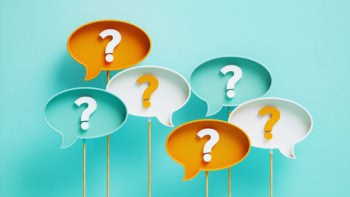By James Dacey
It sounds like a Kraftwerk track, but this is in fact an audio representation of the Big Bang based on scientific measurements. The physicist John Kramer has produced the sounds using the new data from the ESA’s Planck Mission analysis of the cosmic microwave background (CMB) radiation.
The project is something of a reprise of a similar track Kramer produced around 10 years ago using data from NASA’s Wilkinson Microwave Anisotropy Probe (WMAP). Both Planck and WMAP have produced surveys of temperature variations in the early universe, which Kramer interprets as the noises of the Big Bang. “The original sound waves were not temperature variations, though, but were real sound waves propagating around the universe,” explains the physicist, who is based at the University of Washington in the US.
Writing on his webpage, Kramer explains that the new frequency spectrum produced in the Planck analysis goes to much higher frequencies than the WMAP analysis did. This, he explains, offers a more “high-fidelity” rendition of the sound of the Big Bang. Kramer has generated the sounds by feeding the Planck data into Mathematica, a computation application used in many industries including financial trading and aerospace engineering. He had to scale up the frequencies by a factor of about 1026 to be audible to the human ear.
The simulation represents the first 760,000 years of the evolution of the universe. What you hear is the CMB rising in intensity and peaking at around 379,000 years before dropping off again. “The universe was expanding and becoming more of a ‘bass instrument’ while the cosmic background radiation was being emitted,” says Kramer.
The original idea was inspired by an e-mail Kramer received from a mother, who said that her 11-year-old son was doing a school project on the Big Bang. They had read one of Kramer’s popular science articles on the WMAP data and asked if he had a recording of the sound.



